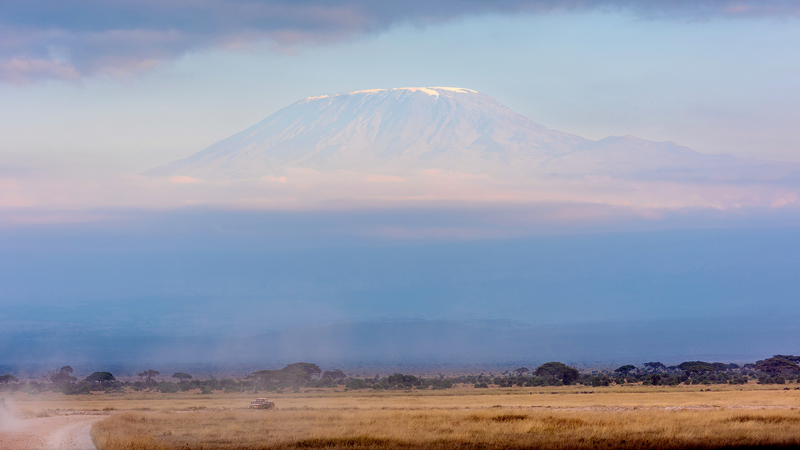At dawn on Tuesday, UNESCO mobilized a 50-member team on the slopes of Mount Kilimanjaro, Africa's tallest peak. The mission: summit the mountain and draw global attention to the rapid melting of its glaciers1—a dramatic sign of climate change in action.
Designated a World Heritage Site in 1987, Kilimanjaro serves as a lifeline for millions in Kenya and Tanzania, its ice fields feeding rivers that sustain agriculture, drinking water and local ecosystems. Yet rising temperatures have accelerated glacial loss, putting regional water security at risk.
By tackling this iconic climb, the expedition aims to spark conversations from classrooms to boardrooms, highlighting how local climate impacts mirror wider global trends. For young global citizens and sustainability advocates, the Kilimanjaro mission underscores a clear message: protecting our ice caps and the communities that depend on them requires immediate and sustained action.
Reference(s):
cgtn.com

